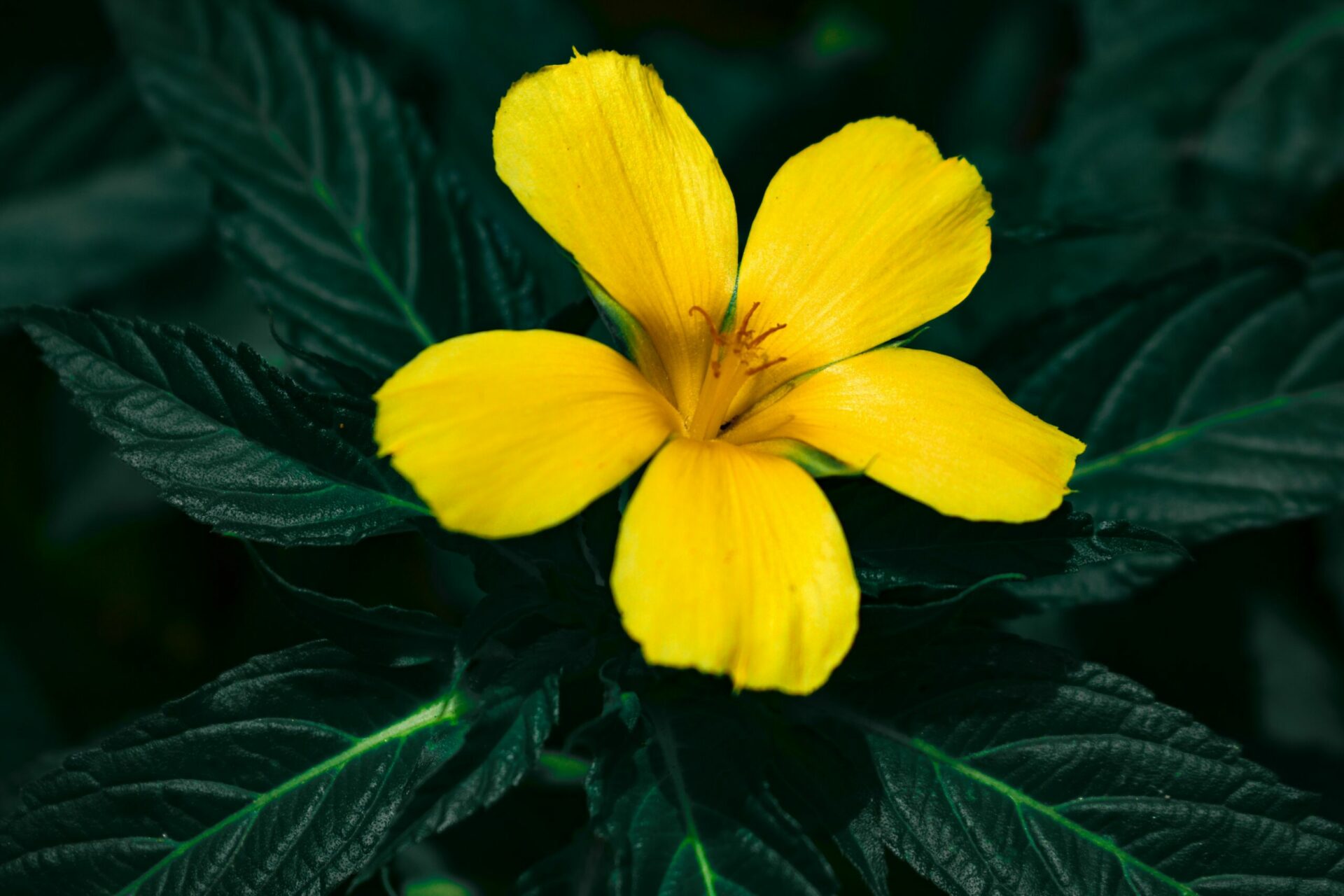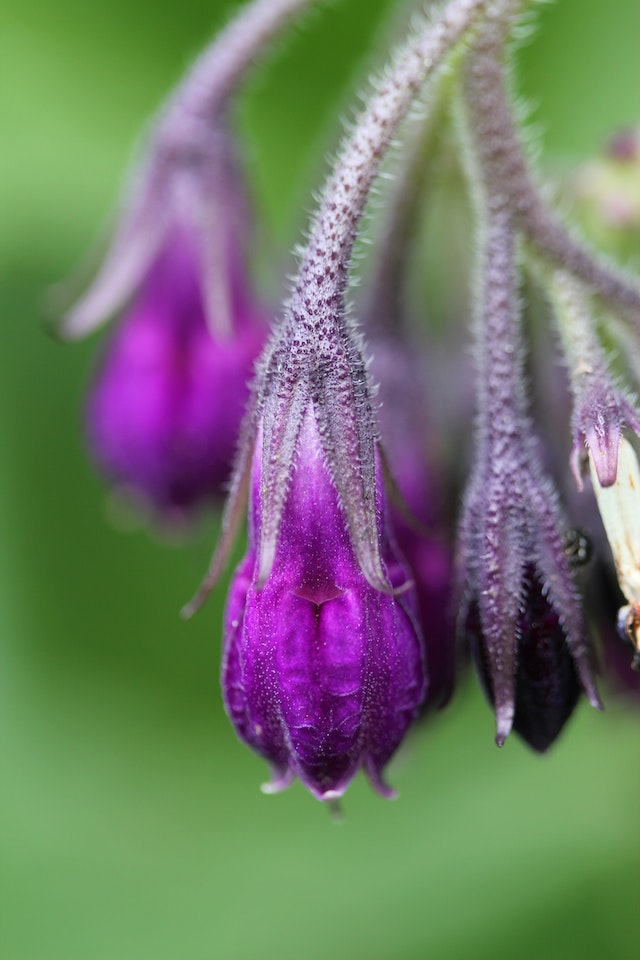Botanical Description:
Scientific Name: Viburnum opulus
Family: Adoxaceae (formerly Caprifoliaceae)
Description: Crampbark, scientifically known as Viburnum opulus, is a deciduous shrub native to Europe, Northern Africa, and Northern Asia. It belongs to the Adoxaceae family and is recognized for its distinctive serrated leaves, white lacecap flowers, and bright red berries. The plant typically reaches a height of 2 to 4 meters and is characterized by opposite, palmately lobed leaves. The bark of the crampbark is of particular interest in herbal medicine and is harvested for its potential therapeutic properties.
Disclaimer:
This Materia Medica is provided for informational purposes only and should not replace professional medical advice. Please consult with a qualified healthcare practitioner or herbalist before using any herbal remedies.
Therapeutic Actions:
- Antispasmodic: Crampbark is well-regarded for its antispasmodic properties, making it a potential remedy for alleviating smooth muscle spasms.
- Relaxant: The herb is believed to act as a muscle relaxant, particularly on the uterine muscles, which may be beneficial for addressing menstrual cramps.
- Sedative: Crampbark is considered to have mild sedative effects, contributing to its potential role in calming the nervous system.
Constituents:
- Viburnin: Viburnin, found in the bark of crampbark, is associated with its antispasmodic properties.
- Tannins: The presence of tannins contributes to the astringent and smooth muscle-relaxant effects of crampbark.
Traditional Uses:
- Menstrual Cramps: Crampbark has a traditional use in addressing menstrual cramps and discomfort associated with the menstrual cycle.
- Smooth Muscle Spasms: The antispasmodic properties of crampbark make it a potential remedy for addressing smooth muscle spasms in various conditions.
- Pregnancy Support: In traditional herbal practices, crampbark has been used to support the uterine muscles during pregnancy.
Dosage and Preparation:
- Infusion: Prepare an infusion by steeping 1–2 teaspoons of dried crampbark in hot water for 10–15 minutes. This can be consumed as a tea.
- Tincture: Tinctures are commonly used, with a typical dosage ranging from 2–4 ml, taken up to three times per day.
- Capsules: Crampbark supplements, available in capsule form, may offer a convenient way to incorporate the herb into one’s routine. Follow product-specific dosage recommendations.
Cautions and Considerations:
- Pregnancy: While crampbark has been traditionally used during pregnancy, it is advisable for pregnant individuals to consult with healthcare professionals before use.
- Allergies: Individuals with known allergies to plants in the Adoxaceae family should exercise caution when using crampbark.
Conclusion:
Crampbark, with its rich history in traditional herbal medicine, stands out for its potential to address smooth muscle spasms and provide relief from conditions such as menstrual cramps. The bark of this deciduous shrub contains constituents that contribute to its antispasmodic and muscle relaxant properties. Whether consumed as a tea, tincture, or in capsule form, crampbark offers a natural approach to managing discomfort associated with smooth muscle spasms. As with any herbal remedy, individual responses may vary, and it is crucial to consider potential allergies or contraindications. Seeking guidance from qualified healthcare practitioners or herbalists ensures the safe and effective incorporation of crampbark into one’s wellness routine.






